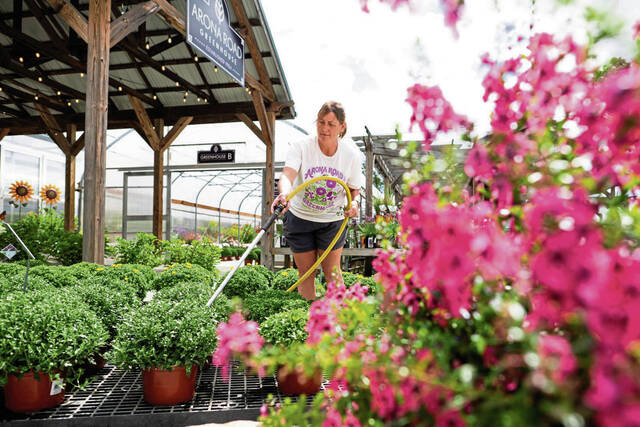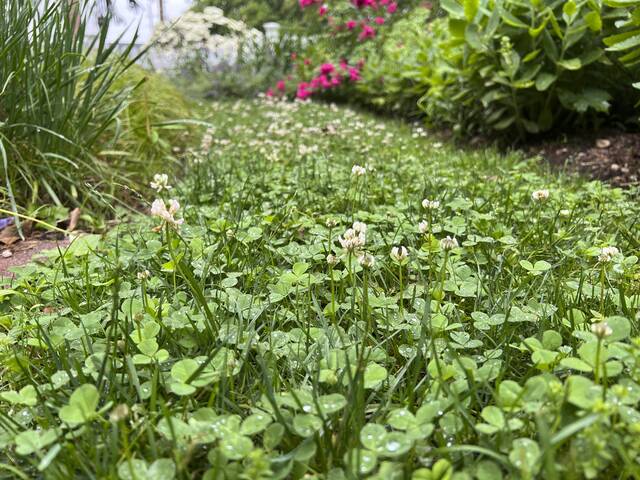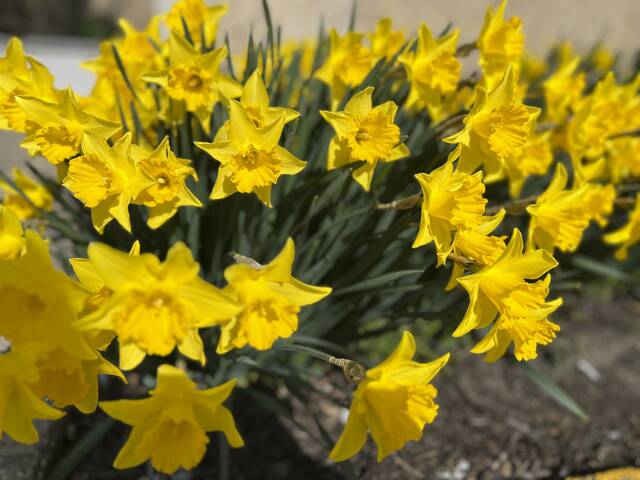Question: Several of my jade plants have developed black spots as well as places on the edge or middle of the leaf that totally dry up. I’ve never encountered anything like this and feel it must be some kind of weird virus. I’ve been spraying with a biofungicide and also putting baking soda dissolved in water on some of the spots with cotton swabs. I would like to save them and would appreciate any advice you can provide.
Answer: While jade plants (Crassula ovata) are considered to be fairly trouble-free, issues can crop up from time to time. These succulents are native to the African continent and have been a popular houseplant for many decades.
Black splotches on the leaves of jade plants could be due to several different factors. While I don’t think this is the case with your particular plant, leaf-sucking insects, mealy bugs in particular, can cause stunted growth. But, their excrement (called “honeydew”) can encourage the growth of black sooty mold. The presence of sooty mold makes the leaves look like they’re covered in black soot. Typically, however, sooty mold appears in larger patches than what I see on your plant. It also does not cause the leaf edges to dry up and die.
A virus called black ring virus also occasionally strikes jade plants. Spread by feeding insects, this virus (like most other plant viruses) is not deadly; it just makes the plant look not-so-hot. I don’t think this is the issue with your jade plant either because the black spots of this virus typically appear on the undersides of the leaves, not the upper leaf surfaces as shown in your photo.
The issue with your jade is most likely a fungal problem. Unfortunately there are several fungal pathogens that can affect jade. Without sending a leaf sample in to a pathology lab, it’s difficult to say with 100% confidence which one of these diseases is to blame, but regardless of which fungus is plaguing your jade, the treatment is the same.
Powdery mildew, which is a common garden fungal pathogen, typically covers the leaves in what looks like white talcum powder. On succulents, however, powdery mildew looks very different. On a jade plant in particular, it will cause small pock marks on the leaves that can develop into larger lesions that look a bit like what’s happening to the leaves of your plant that are drying up and dying.
Anthracnose is another possibility. This pathogen affects dozens of different plant species and appears differently on different plants, though typically it’s dark, round lesions on the foliage. Anthracnose could be to blame for the spots on your jade leaves.
However, I feel that the most likely culprit here is a fungal disease called botrytis. This pathogen is very common and affects a broad number of plants. Botrytis lesions eventually develop a gray fuzzy appearance as it spreads its spores. Botrytis spores fly easily on the air and the disease also spreads readily on your hands, pruning equipment, containers, tools, etc.
Regardless of exactly which pathogen is to blame, the plan is the same. Stop using cotton swabs to put baking soda on the lesions. Baking soda (Sodium bicarbonate) is used in some natural fungicides, but it’s used as a preventative, in combination with other ingredients, and not as a cure (it won’t control existing fungal infections). You are also likely spreading the spores from spot to spot as you go.
Second, immediately and completely remove any leaves as soon as they show symptoms. New leaves will develop in their place. Do not touch the plant after you remove infected leaves or you could spread the spores to other leaves via your fingers. Also, if you use scissors or clippers to remove infected leaves, disinfect the blades with a 10% bleach solution, spray disinfectant or hydrogen peroxide before moving to another leaf.
If you move the plant outdoors for the summer, be sure to inspect the plant carefully before bringing it back indoors. Inside, pick a spot with plenty of air circulation, do not get water on the leaves when watering the plant and reduce watering in the summer. Jade plants are succulents and should always be kept on the dry side. Wet conditions encourage fungal issues.
Lastly, once all the infected leaves are removed and thrown out in the garbage, continue to spray both the upper and lower leaf surfaces (and the stems) with the biofungicide once every two to three weeks. I highly recommend you never use a synthetic fungicide in your home (or elsewhere, for that matter). Biofungicides are highly effective at preventing fungal diseases and that, in combination with good cultural practices, should solve your problem.








